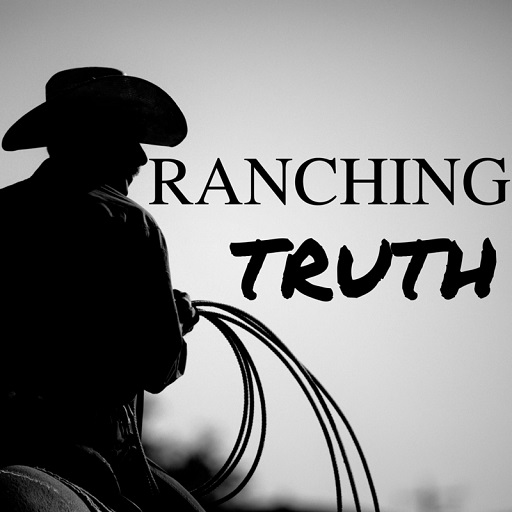Consumers have a right to choose, a right to be picky and a right to know where their food is coming from. The U.S. beef industry recognizes this and is fully aware of the importance of consumer concerns which has led to large scale changes over the last several decades in most of the practices we use today, but as hard as the cattle producers of America have worked for the consumer it again is the consumer who is left in the dark over what they will be purchasing at the grocery store. In 2015 Congress repeals COOL (Country of Origin Labeling), then in 2016 the Secretary of Agriculture reopens Brazilian beef imports to the U.S. As early as May of 2014 Brazil had more confirmed cases of Mad Cow Disease or BSE which they attempted to cover up. Brazil’s last outbreak of Foot and Mouth Disease (FMD) was in 2006 and they are claiming they have implemented a vaccination program which is reassuring, if you don’t pay attention to the fact that there are still outbreaks occurring along their borders with neighboring countries. But the Brazilian Government has now assured the U.S. Agriculture Secretary that they will provide accurate health records and apply similar standards that U.S. beef producers are using.
U.S. Livestock production has the smallest carbon footprint per unit of production in the world.
How do I know the beef I buy at the store is safe?
Thanks to research and cooperative industry efforts, U.S. beef is extraordinarily safe by any country’s standards. Measures to reduce and eliminate E. coli O157:H7 are in place on farms, in feedlots and in packing plants across the country.
Safe food begins with the principles of good cattle care and management, as outlined by the Beef Quality Assurance (BQA) program. More than 90 percent of U.S. beef is raised under the BQA program, assuring the highest standards of animal welfare.
Cattle farmers and ranchers fund scientific research through, which has invested more than $27 million in food safety research since 1993.
This research has validated safety technologies implemented throughout the production chain and is developing new on-farm technologies like feed supplements and vaccines that fight E. coli long before it can enter the food supply
Cattlemen and the entire U.S. livestock community are working together to continuously improve the way antibiotics are used in animals, because they care about how their practices impact antibiotic safety and efficacy.
For consumers who want beef raised without antibiotics, the U.S. beef community has listened and provides choices to meet those needs.
Is U.S. beef safe from “mad cow disease”?
Yes. Providing the safest beef in the world has always been the No. 1 priority of America’s beef producers. That is why the beef industry has worked with the government and top scientists for more than two decades to build, maintain and expand the bovine spongiform encephalopathy (BSE, commonly referred to as “mad cow disease”) safeguards that protect cattle health and beef safety. Actions such as removal of materials that would most likely carry BSE and banning from the food supply all animals that show signs of potential central nervous system disorders ensure beef safety from BSE in the United States.
RT
